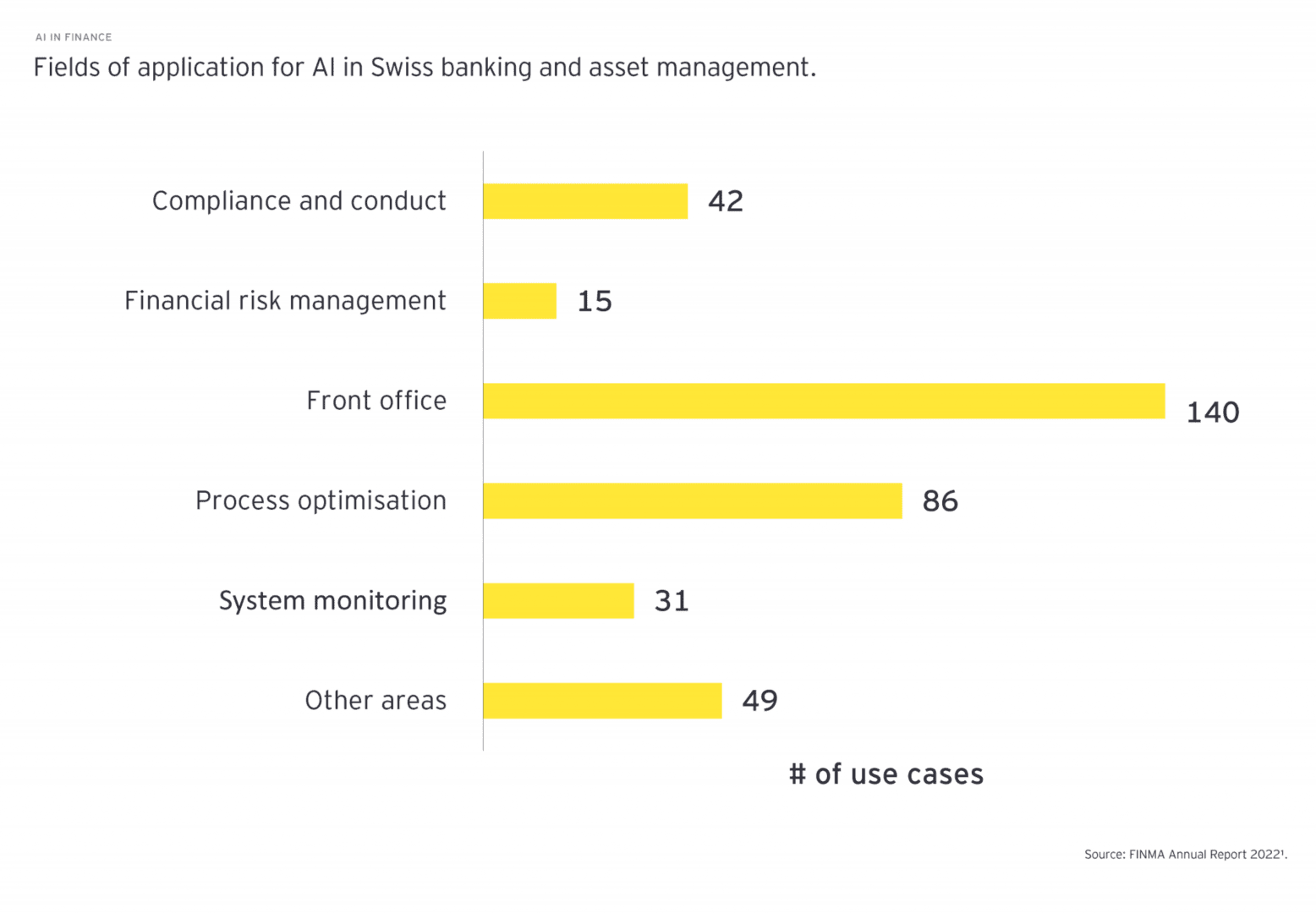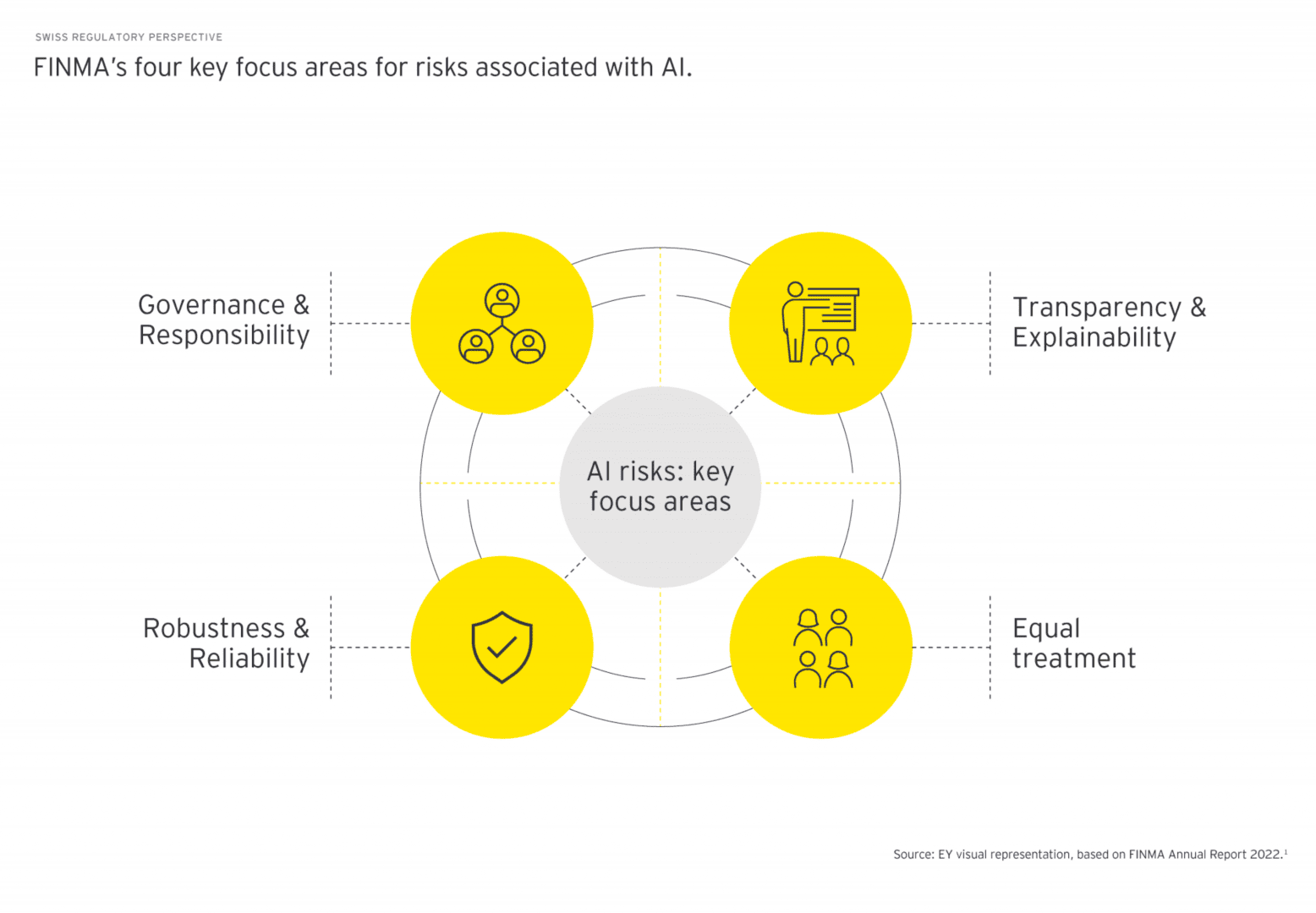EY refers to the global organization, and may refer to one or more, of the member firms of Ernst & Young Limited, each of which is a separate legal entity. Ernst & Young Limited is a Swiss company with registered seats in Switzerland providing services to clients in Switzerland.
How EY can help
-
Discover how EY can help the banking & capital markets, insurance, wealth & asset management and private equity sectors tackle the challenges of risk management.
Read more
Another application of AI in risk management is found in stress testing, a critical tool used by banks to evaluate their potential vulnerability to adverse events (often supplementing VaR and ES). Stress testing involves running simulations to evaluate how adverse scenarios would affect the bank’s balance sheet, capital adequacy, liquidity and overall financial health. Traditional methodologies typically involve a limited set of predetermined scenarios, relying heavily on human judgment both for scenario calibration and analysis of results.
Research7 has shown that AI can significantly transform stress testing by more effectively modelling the intercorrelation between PnL drivers, enhancing the dynamism and reliability of simulated scenarios. Indeed, stress tests are known to be constrained by computational limitations, resulting in the currently employed techniques often failing to adequately model non-linear relationships between risk factors. The stress models are often static, meaning, for example, that they inadequately capture the propagation of stress shocks between risk drivers, while also ignoring the effects of sequential managerial responses to a stress scenario’s unfolding.
AI techniques such as GAN promise a more expansive and plausible spectrum of scenarios, enabling the identification of complex dependencies that may otherwise be overlooked. Further, machine learning models can improve the accuracy with which key risk parameters (such as default probabilities) are estimated, and are also capable of modelling the path-dependent effects of actions put in place by other economic participants (e.g., regulators, industry competitors, etc). AI can thus be leveraged to improve the quality of stress modelling, while also streamlining the often-laborious processes needed to recalibrate the scenario narratives.
In addition, we note that regulatory expectations increasingly tend towards a higher granularity of stress tests, exemplified by the FRTB requirement of “a rigorous and comprehensive stress testing programme both at the trading desk level and at the bank-wide level.”3 This is in line with FRTB’s broader change in paradigm, whereby supervisory approval of IMA will be granted at the level of bank’s individual trading desks. If continued, such tendency may increase the computational burden on banks, paving the way for AI deployment. For example, banks could consider using RL algorithms to dynamically optimize stress scenarios, in order to expose the specific vulnerabilities of any given trading desk. By tailoring stress shocks to the desk’s evolving risk profile, they could monitor both systematic and residual risks more effectively, thus preventing spillovers to other areas of the business.










